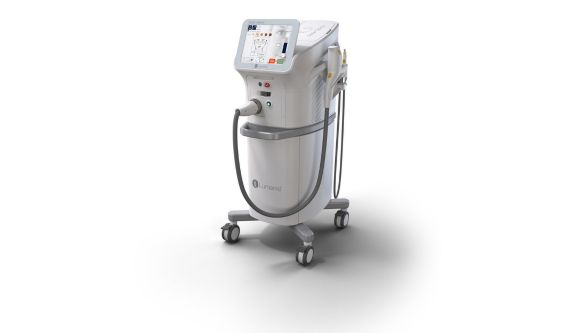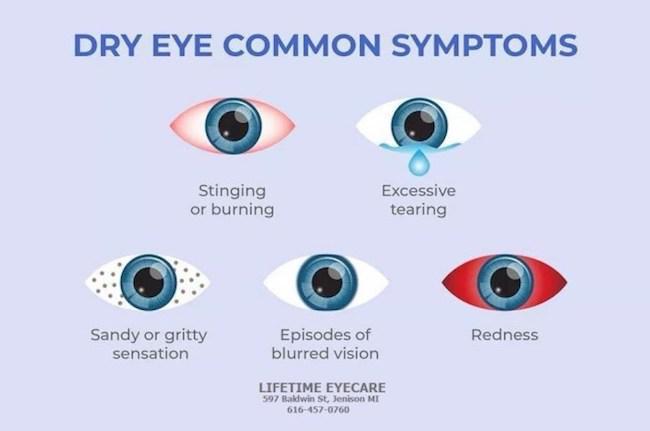Glaucoma is an eye disorder that usually is associated with higher than normal pressure inside the eye, due to a decreased outflow of the liquid (aqueous) in the anterior chamber of the eye. This pressure causes damage to the optic nerve tissue. The most common type of glaucoma is Open Angle. About three million people in the United States have glaucoma.
Glaucoma Symptoms
Glaucoma is referred to as “the silent thief of sight” due to the fact there are no symptoms in the early stages. It can often progress undetected until the optic nerve starts to atrophy and sight begins to diminish. Glaucoma visual loss starts in the periphery and moves centrally over time.
Glaucoma Testing
- Preventative comprehensive eye health evaluations include the measurement of intraocular pressure using an instrument called a tonometer. This measurement of pressure should be lower than 21mmHg. If the pressure measurement is higher than 21mmHg, it may indicate the presence of glaucoma.
- Visual field testing measures the sensitivity of several points in your peripheral vision. Glaucoma shows a particular pattern of visual loss. This pattern is very helpful in diagnosing this disease. Subsequent visual field testing is the best way to determine if the disease is progressing.
- Optical Coherence Tomography (OCT) is a new technology that allows Drs. Hansen, Pietigs, and Seelye to measure the thickness of the optic nerve fibers and compare these values to the norm. Follow up testing will indicate if the disease process is progressing.
- Gonioscopy is a test that allows our doctors to view the anterior chamber angle of the eye to determine if there is any blockage that could be increasing the intraocular pressure.
- A Pachometer measures the corneal thickness. This measurement assists in the early detection and diagnosis of glaucoma.
- Computerized digital photography is the technology that documents the appearance of the optic nerve. Using these photos with follow up visits allows our doctors to determine if there is an atrophy of the optic nerve.
Glaucoma Treatment
The initial treatment for glaucoma is to decrease the intraocular pressure with the use of prescription eye drops. Theses drops will either increase the outflow of the liquid (aqueous) inside the eye or decrease its production.
If pressures cannot be controlled with this treatment, there are surgical techniques that will be considered during a consultation with a glaucoma specialist.





